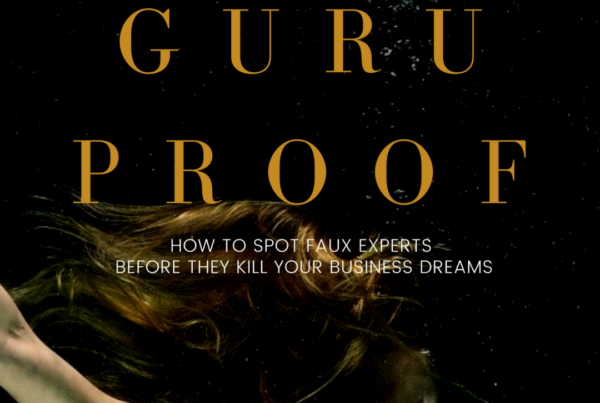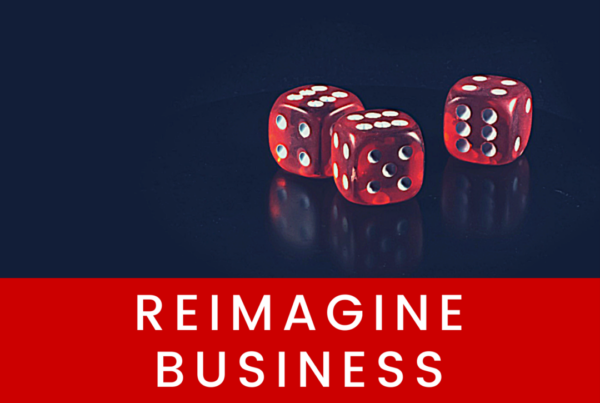
One of the first questions to ask yourself is what does your BRAND stand for?
It can be anything but it has to be something if you want to make an impact and expect to get a return on your investment in developing it. If you don’t stand for something, you’ll fall for anything.
Don’t worry about a name for your brand just yet. Instead, focus only on words that describe what your brand stands for.
Write down all the nouns and adjectives you can think of that apply to it or that you want to exist in the minds of your customers when they get involved with you and what you are selling.
Here are some additional questions to refine your thinking:
How do you want your customers to see themselves?
How do you want them to see you?
What is the response or reaction you hope for?
How do you want your customers to describe you to others?
To help you in compiling your list, think of a few words that immediately come to your mind, then look them up in a thesaurus and explore the many related options presented.
Once you’ve built your list, examine the words you’ve written down looking for the patterns and themes represented. When you’re done, you should have addressed every single fact, feature, benefit and result you can think of relating to your product or business.
Finally, look at what you offer prospective customers that your competitors do not – this difference is your “value add”. Promoting the hell out of it is how you get sales.
Once you know what you stand for, and what response you want to create in the customer’s mind, you must connect with them if you want to make it happen! Don’t underestimate the relationship between technology trends and building your brand when it comes to creating emotional connection.
Thanks to the internet, you must compete for a customer’s attention successfully in many different playgrounds: social networks like Facebook, Twitter, LinkedIn, Pinterest and YouTube, search engines like Google, Bing and Yahoo, not to mention a variety of mobile devices. The list has grown exponentially in recent years and is expanding daily.
You now have more ways than ever to create high involvement situations with the people you want to reach out and touch in a meaningful way that converts to more sales for you. It also means you do need to be careful in how you go about it. You must be mindful and respectful of your various audiences and their expectations; there are noteworthy differences and rules for each playground.
Marketing is not about what you are selling, it’s about what people are buying.
And they are not going to buy anything from you until you have established an emotional connection, earned their trust, and built a relationship with them. Your brand is the promise you make, expressed in emotional shorthand.
Spend as much time as necessary to clearly answer these key questions. Choose your listed words carefully — you’ll be communicating them to your target customers with every brand-related decision you make.
More next time. Until then, remember to LOVE YOUR WORK, whatever it may be.
PS Did this post speak to you? If so, please feel free to share it with your own communities, friends and followers. Thanks for sharing the love! ♥♥♥



